
LASER SINTERING
Laser Sintering (LS)—often called Selective Laser Sintering or SLS—creates tough and geometrically intricate components using a high-powered CO2 laser to fuse or sinter powdered thermoplastics. One key advantage of LS is that as a part is made, it remains encased in powder. This eliminates the need for support structures and allows for complex geometries. LS production parts can be strong, water and air-tight, heat resistant, and made out of exceptional materials like aluminum-filled and glass-filled Nylon 12.
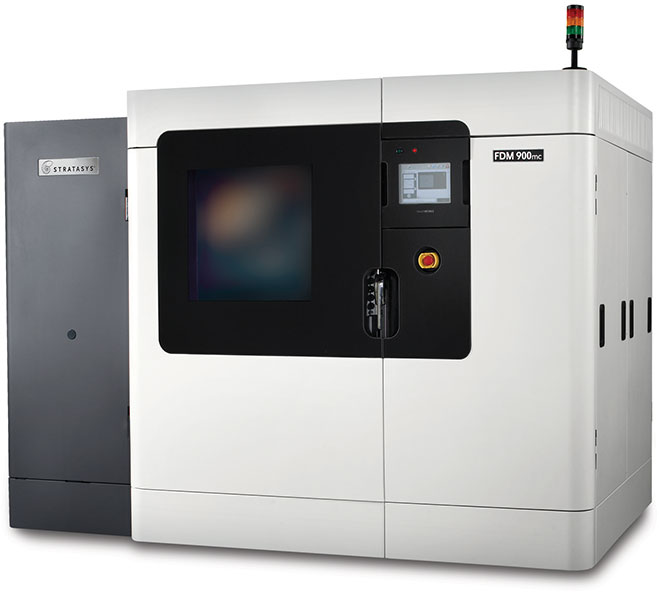
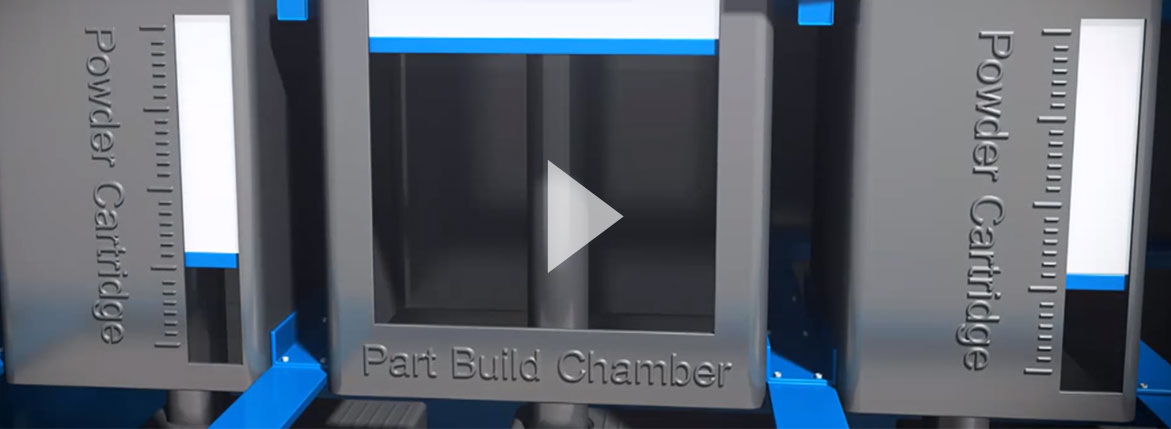

BENEFITS OF LS
PRODUCTION PARTS
Producing parts for production applications without tooling saves time and money. LS has proven to be an affordable means to build durable, stable production parts in low quantities. It is also effective for high volumes of components when the designs are too complex for traditional manufacturing to execute.
Part Consolidation
Using LS, engineers can incorporate multiple component designs into single structures. With the ability to produce complex features, undercuts, and internal features with ease, LS can consolidate what once was a multi-part assembly into one part. LS can eliminate the need for separate fasteners, mounting components, and adhesives, resulting in substantial weight reduction compared to conventional assemblies.
Consistency and Repeatability
To ensure consistent build quality, Stratasys Direct Manufacturing has implemented stringent, proprietary process controls and procedures for executing builds, maintaining equipment, and handling materials. We maintain strict parameters for material traceability by monitoring the mixing and testing of powder before builds, tracking the thermal process during the build, and conducting post-process tensile bar testing.
LS APPLICATIONS
LS is excellent for functional prototyping or production parts in a variety of taxing environments.
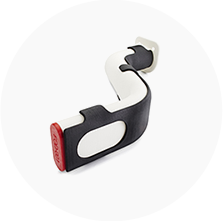
Common applications include:
- Ductwork
- Control Surfaces
- Brackets, Clips, Clamps
- Fuel Tanks
- Flight-Certified Parts
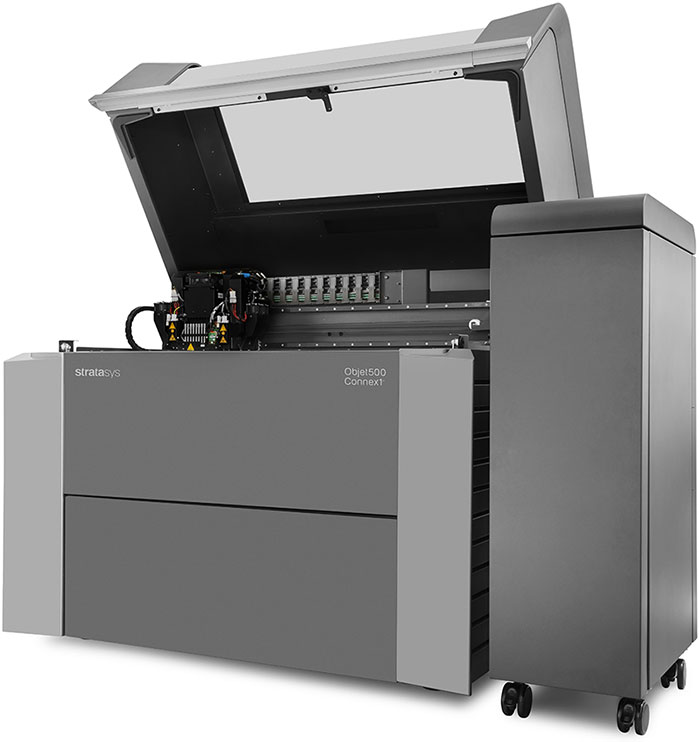
LASER SINTERING GALLERY

LASER SINTERING MATERIALS
LS offers a variety of materials and reinforced formulations for lightweight and highly durable parts that can be heat and chemical resistant.
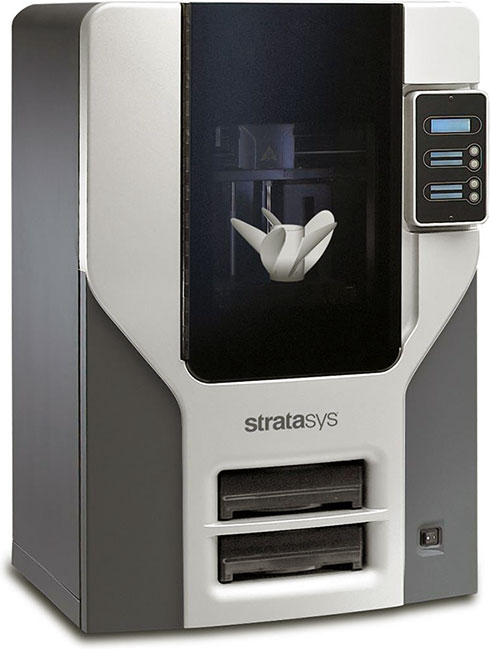
Laser Sintering: Frequently Asked Questions
What geometries are best suited for LS?
LS is ideal for components with extremely complex geometries, including parts with internal cavities. Parts that are produced with LS remain encased in powdered material, which is self-supporting thereby eliminating the need for additional supportive structures on or within the components.
What level of detail can be obtained with LS?
Laser Sintering can produce a layer thickness of 0.004”- 0.006” and an X/Y resolution of 0.030” – 0.050”. We recommend all LS parts have a minimum wall thickness of 0.040”. See the LS design guidelines for more details.
What is the largest part size you can make with LS?
The build platform for our largest LS machine is 26.5”x13.5”x20”. Parts that exceed those dimensions can be built in sections. The mechanical performance of bonded parts is no different than if the component had been created as a single piece.
LS Design Guidelines
For detailed engineering specifications and considerations, including the advantages and disadvantages of using LS for a variety of applications,
LASER SINTERING DESIGN GUIDELINES
And if you’re ready to build now, use our no-hassle Quote Tool.
REQUEST YOUR QUOTE
